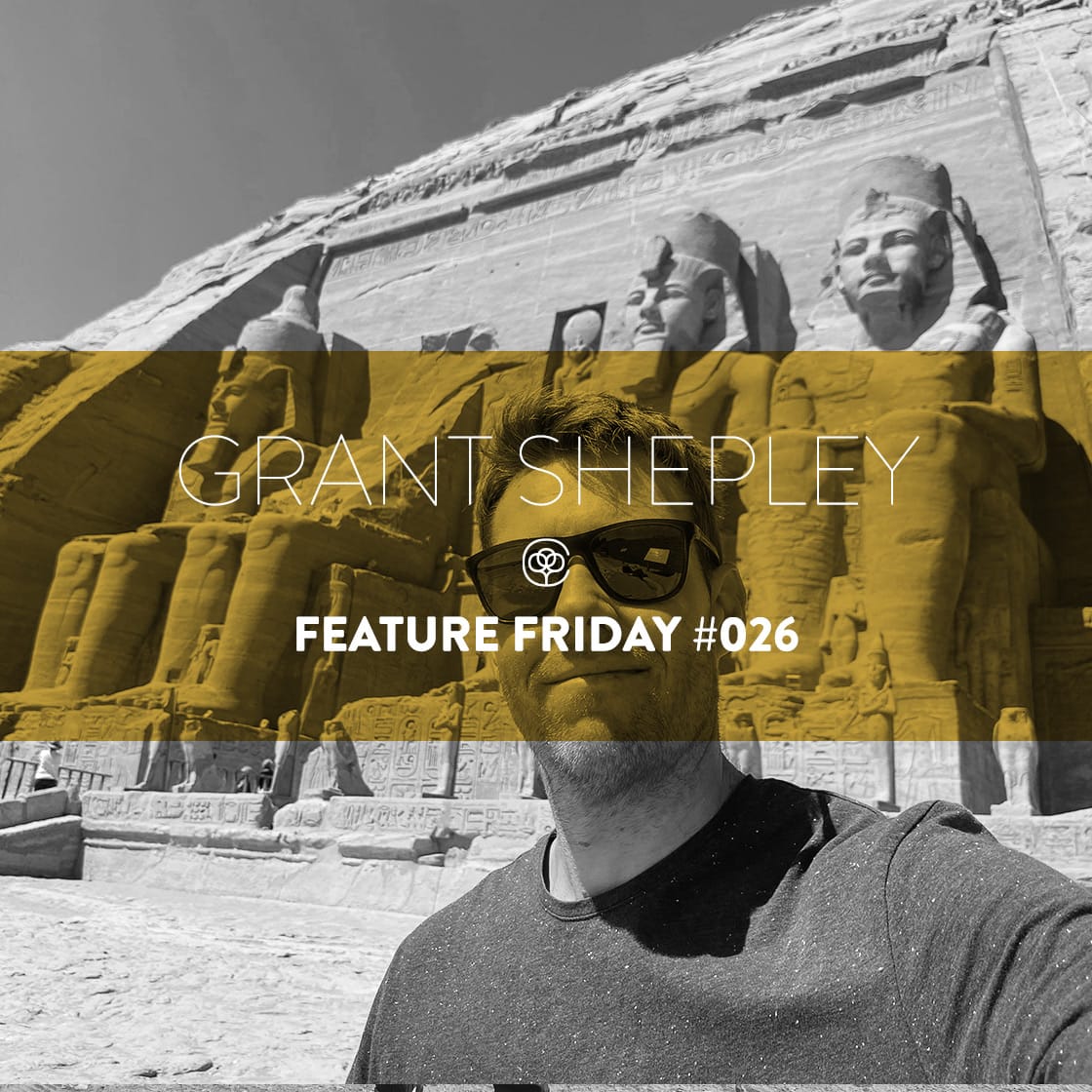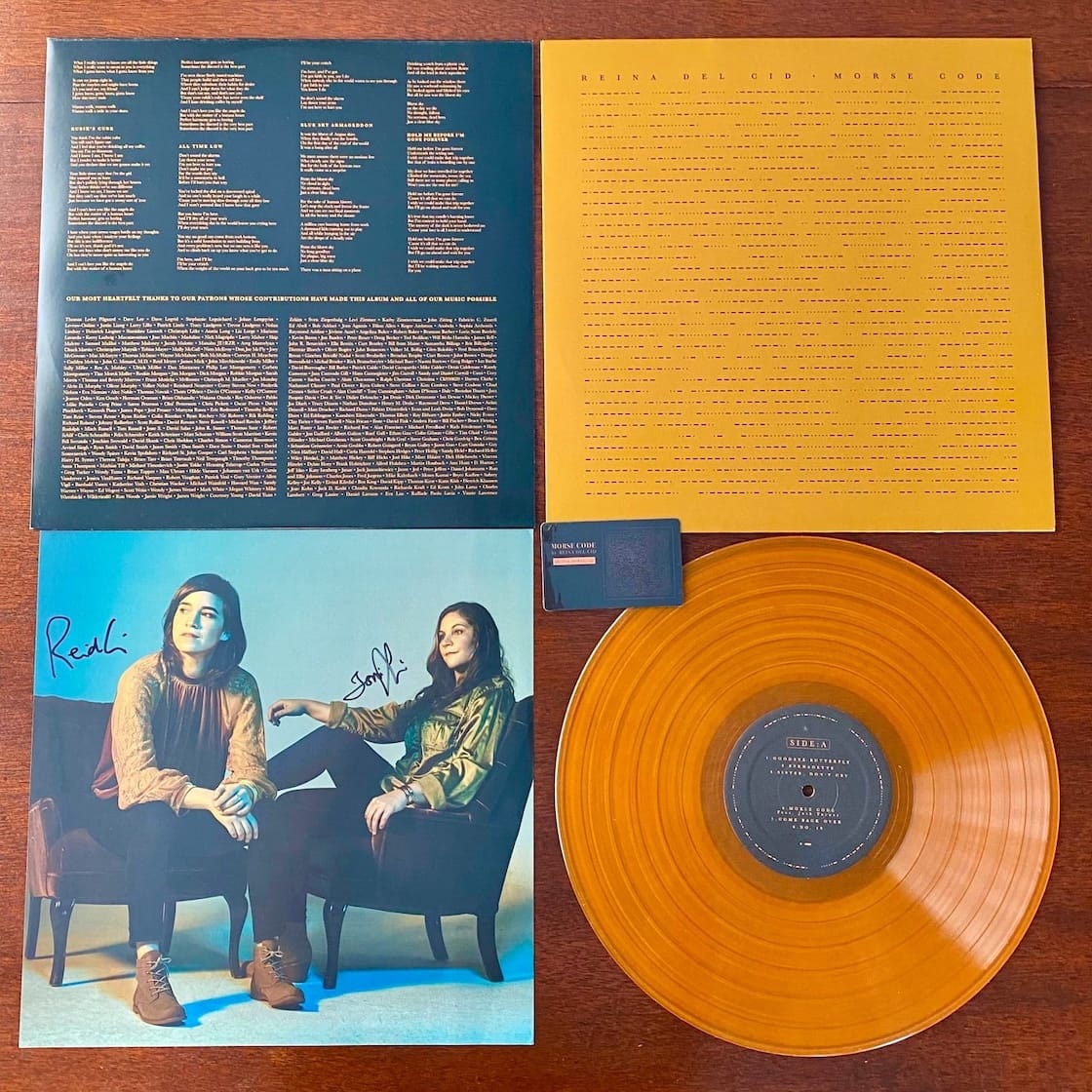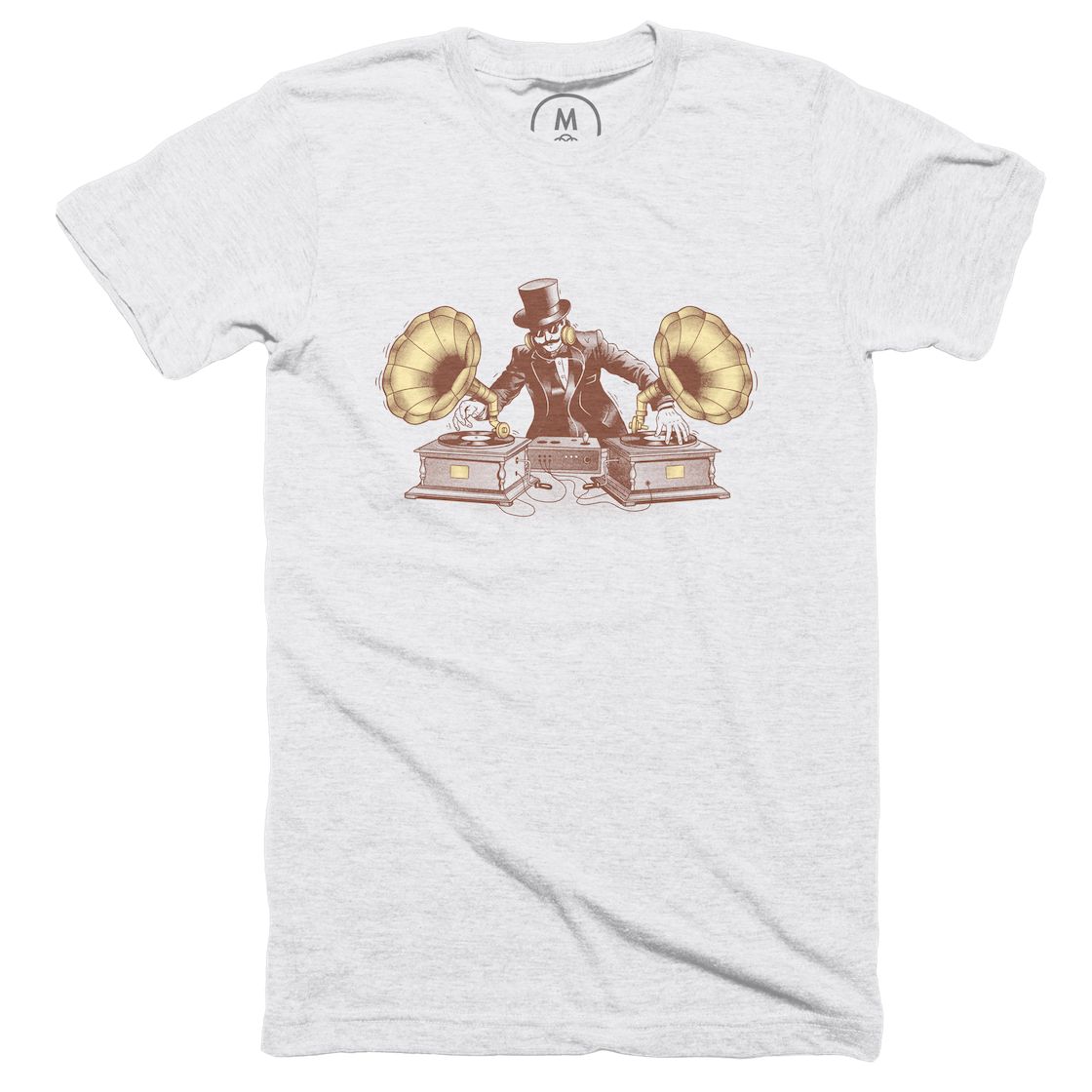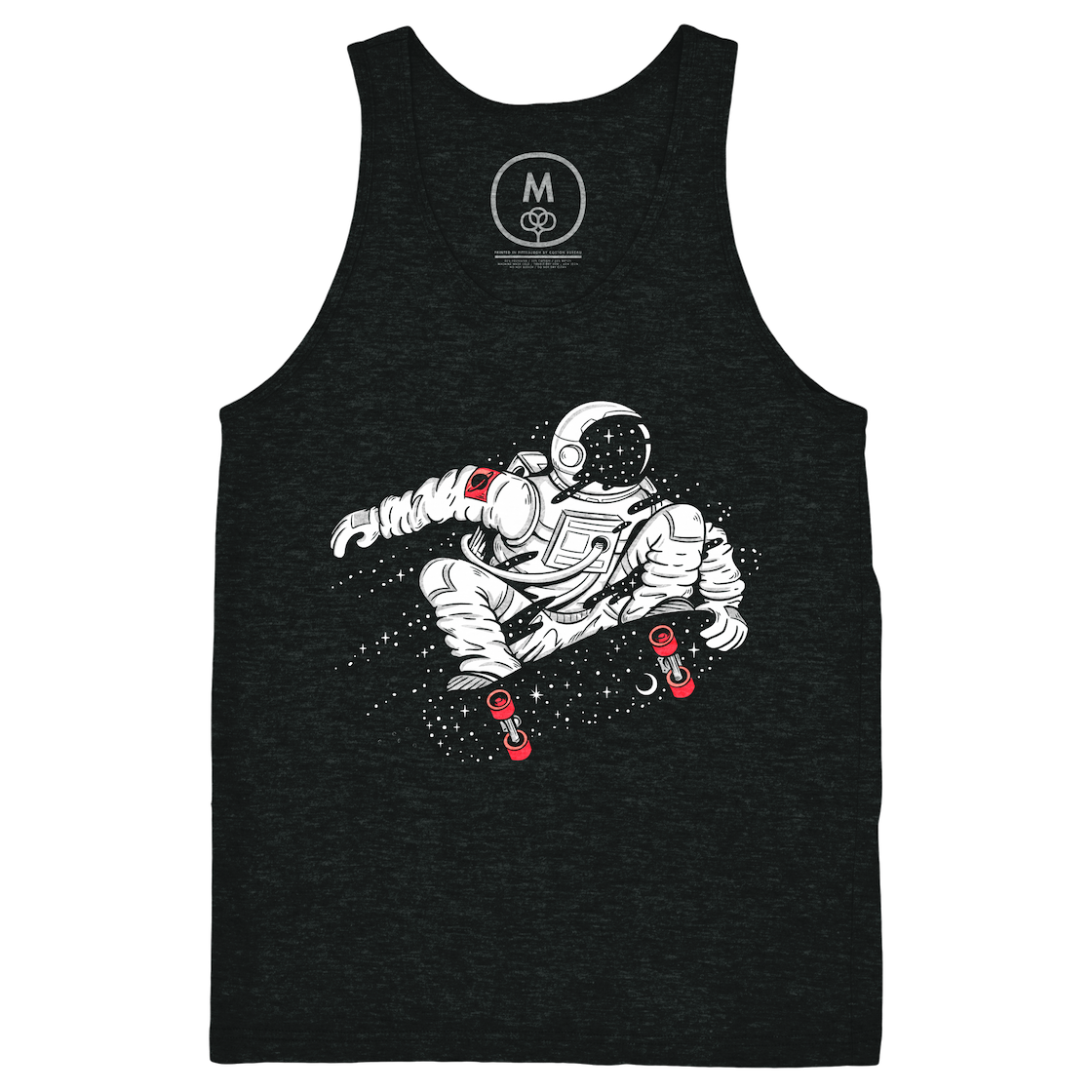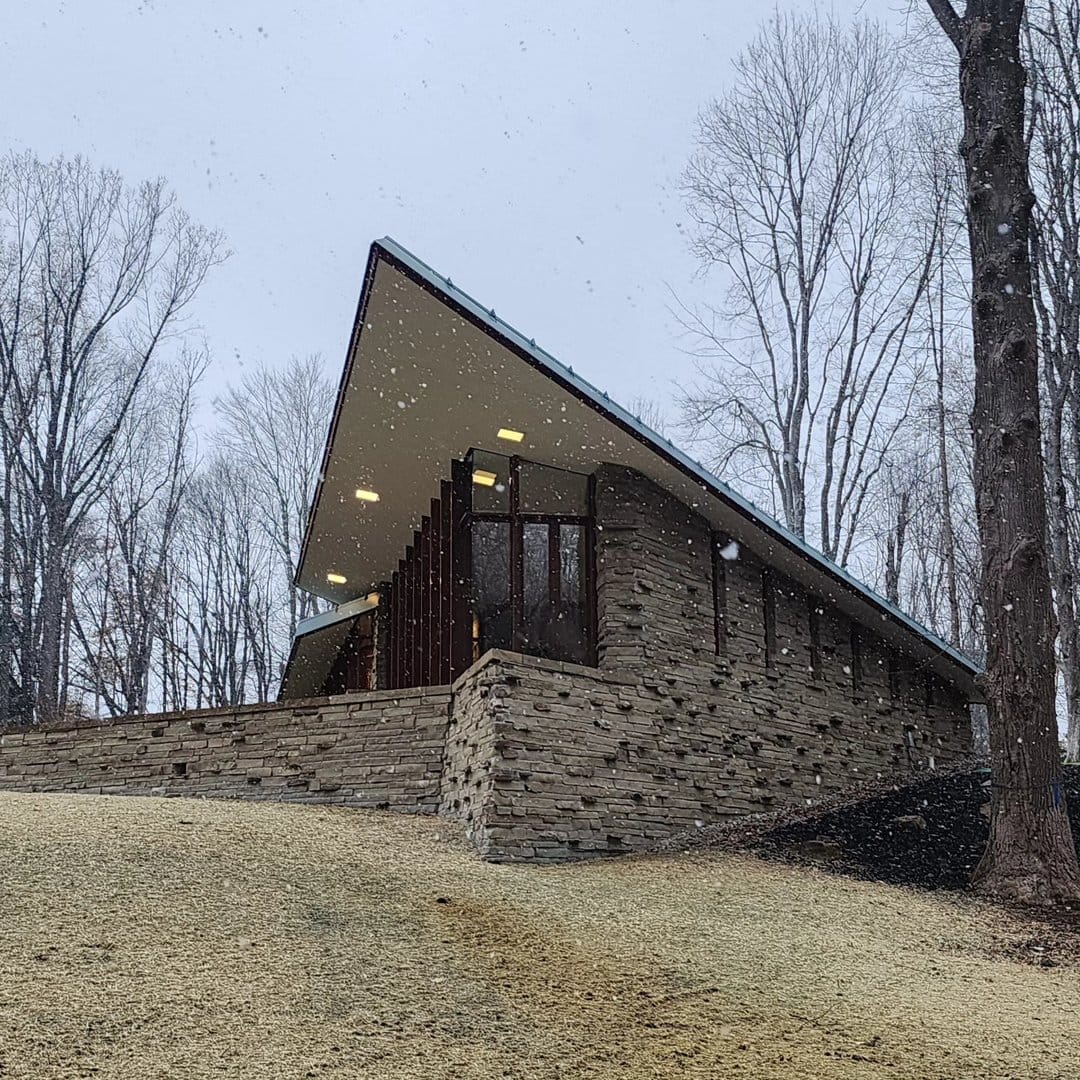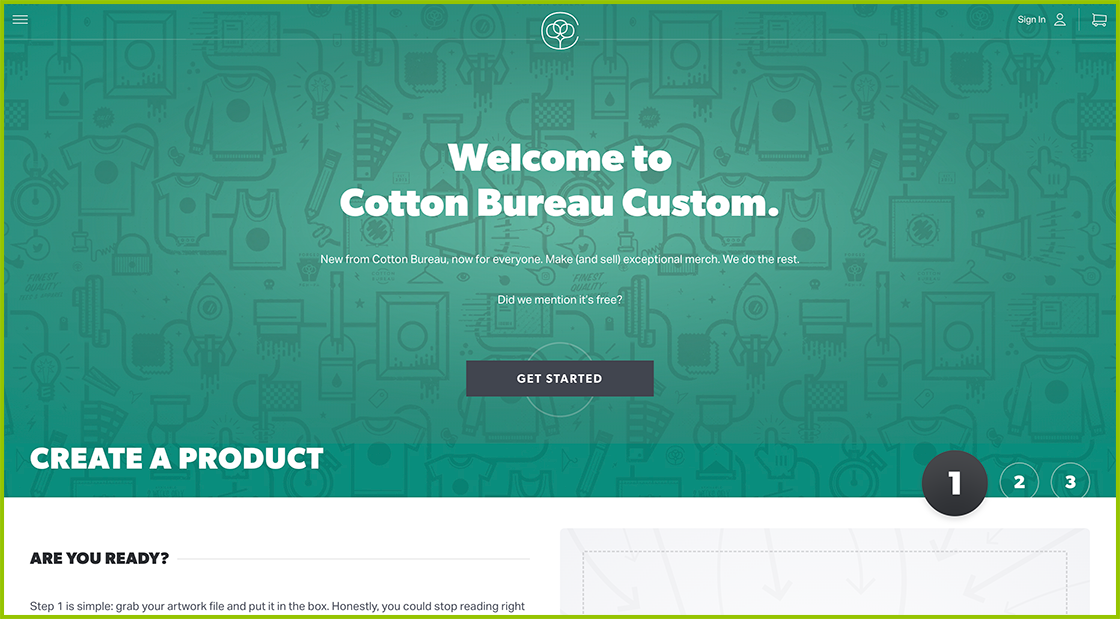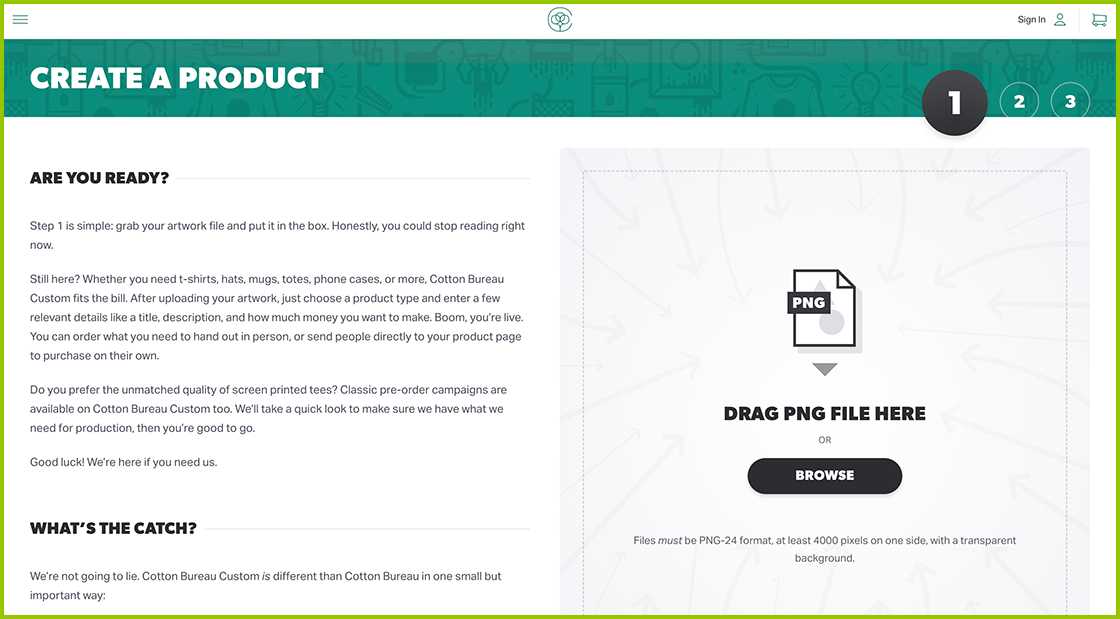On demand stickers are live.
While we’re not in the habit of pre-announcing new products and features, once we’re getting close, we do occasionally drop a hint or two. When you see the timeline for on demand stickers, you’ll understand why it’s best to ship first, talk later.
The first public mention of on demand stickers was in our 2023 in review email way back in January of 2024. At the time, we felt confident enough that stickers were happening to tease them. Well. Fast forward to the 2024 year in review email six months ago, and, as they say, even the best laid plans often go awry. Believe it or not, as recently as April we were still confident stickers would ship sooner rather than later. Our best guess at the time was just prior to our big birthday celebration in June. Mmhmm.
In the end, here we are. A task that was originally created in February of 2022 and conceived as a possibility long before then can finally be checked off in July of 2025. We’re so pleased to be able to finally, finally, finally deliver on demand stickers. 😅
If you, like us, have been champing at the bit for high quality vinyl on demand stickers, your wait is over. All Cotton Bureau accounts (including Custom accounts), are immediately eligible and can create new on demand stickers right now.
Keep reading if you’re one of those people that likes to ask questions.
On Demand Sticker FAQs
While we’ve had plenty of folks offer stickers over the years, the only way to do that in the past was by purchasing hundreds of stickers upfront and storing them to be sold as a stock product. That’s great if you’re offering something more exotic like holographic or unicorn dust. For your everyday, basic, just-the-facts-ma’am stickers, the new on demand stickers are just the ticket.
First, to be clear, on demand stickers are… on demand. That means they’re printed (and shipped) when you order them, and you can have as many or as few in your store as you want.
The standard sizes are 2" and 3", but you can create custom sizes between 1" and 4" as well. Max of three sizes per sticker.
On demand stickers are kiss-cut only and are printed on a matte white vinyl backing with a 0.15" border. The cut is automatically determined, so if you want full control and a smooth border, we recommend filling any little gaps with an opaque white background, or even augmenting the border to create circles, squares, and other containing shapes.
As with everything else, only one artwork file per product which means alternate colorways need to be additional products.
Could you make a mini sticker sheet? If you’re careful… yes. Any colored area at least 0.25" away from another area will receive its own cutout. (Stickers can’t have holes, fyi. No donuts.)
Recommended sticker retail price is $3, shipping is a flat $1.99. That’s a sticker delivered anywhere in the US for less than $5.
One unfortunate but necessary caveat: on demand stickers can only be shipped independently inside the United States. We’re working on finding an affordable way to have them shipped internationally. (It is possible to order a sticker with a t-shirt or other on demand product for shipment outside the US.)
Sticker-only orders are currently completely untracked and usually take about a week to arrive.
Okay, let us have it. What are you thinking? We’d love to offer more styles and options in the future (transparent stickers anyone?), so if you have questions or suggestions, let us know.

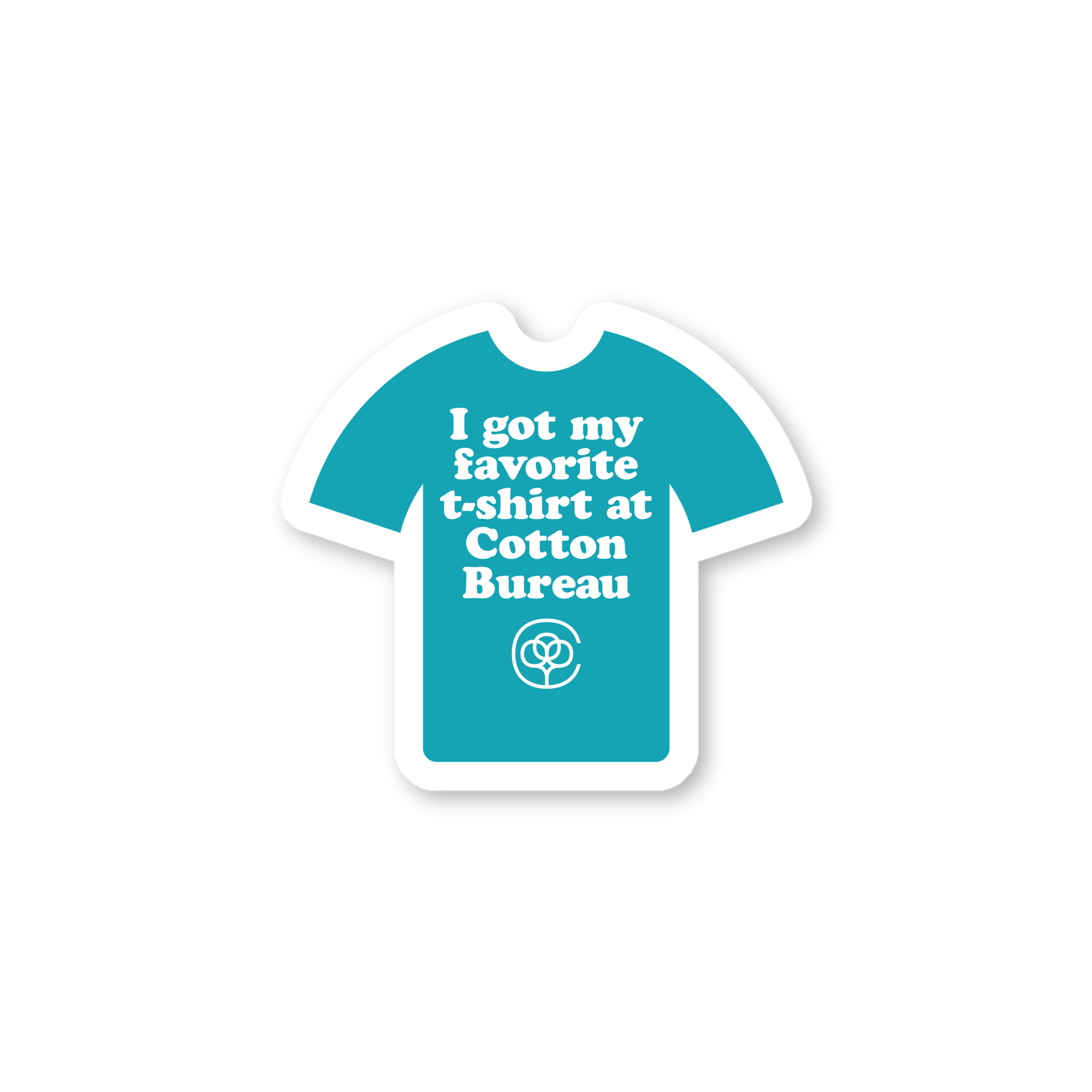

If you like stickers, try adding a few of your existing designs as sticker products or creating something new. We’ll be heavily promoting stickers all through July, so kick back by the pool and fire some products into the sun.
That’s it for now. We (hopefully) will have another big announcement for you in a month, though we’re keeping this one mum.



